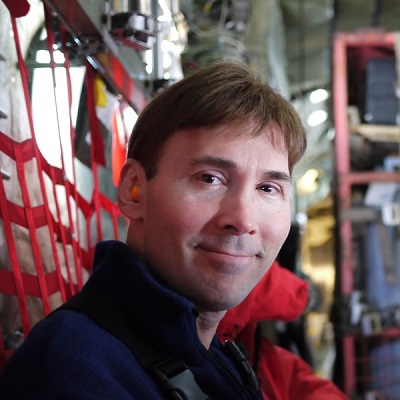Fundamental Properties and Real-World Breakdown of Low Absorption Thin Films from the Visible to Infrared
Hosted By: Thin Films Technical Group
12 October 2021 11:00 - 12:00
Eastern Time (US & Canada) (UTC -05:00)The absorption of optical materials is limited by different mechanisms as one moves from the visible to the infrared, so naturally the choice of materials used in thin films changes with wavelength. However, the ideal behavior of pure materials is seldom seen in thin films. At extremely high optical powers, even low absorption films can fail, but such failure is usually mediated by particles and contamination rather than the idealized physical conditions of short-pulse laboratory experiments.
In this webinar hosted by the Thin Films Technical Group, Prof. Joey Talghader from the University of Minnesota will discuss the fundamental properties and limits of low absorption thin films from the visible to infrared. Additionally, Prof. Talghader will review common measurements to quantify very low levels of loss, and then discuss the surprisingly predictable optical breakdown of thin films in the presence of surface particles and contaminants.
Subject Matter Level: Intermediate - Assumes basic knowledge of the topic
What You Will Learn:
- Absorption limits and measurement of low-absorption thin films
- Low loss coating materials: choices and behavior from the visible to the thermal infrared
- Failure of low loss coatings in practice: particles and contamination
Who Should Attend:
- Optical engineers and scientists who want to lean optical thin film and optical materials
- Engineers and scientist involved in development of optical materials
- Scientists/engineers who use low loss optical components for various applications
About the Presenter: Joey Talghader, University of Minnesota
 Joseph Talghader received his BSEE from Rice University and his M.S. and Ph.D. the University of California at Berkeley. After working in industry in flash and other nonvolatile memory, he joined the faculty at the University of Minnesota where he is now a Professor. He has been extensively involved in thermal infrared and radiation heat transfer devices, the mechanical design of optical coatings and their materials science, and the miniaturization of micro-opto-mechanical systems.
Joseph Talghader received his BSEE from Rice University and his M.S. and Ph.D. the University of California at Berkeley. After working in industry in flash and other nonvolatile memory, he joined the faculty at the University of Minnesota where he is now a Professor. He has been extensively involved in thermal infrared and radiation heat transfer devices, the mechanical design of optical coatings and their materials science, and the miniaturization of micro-opto-mechanical systems.
